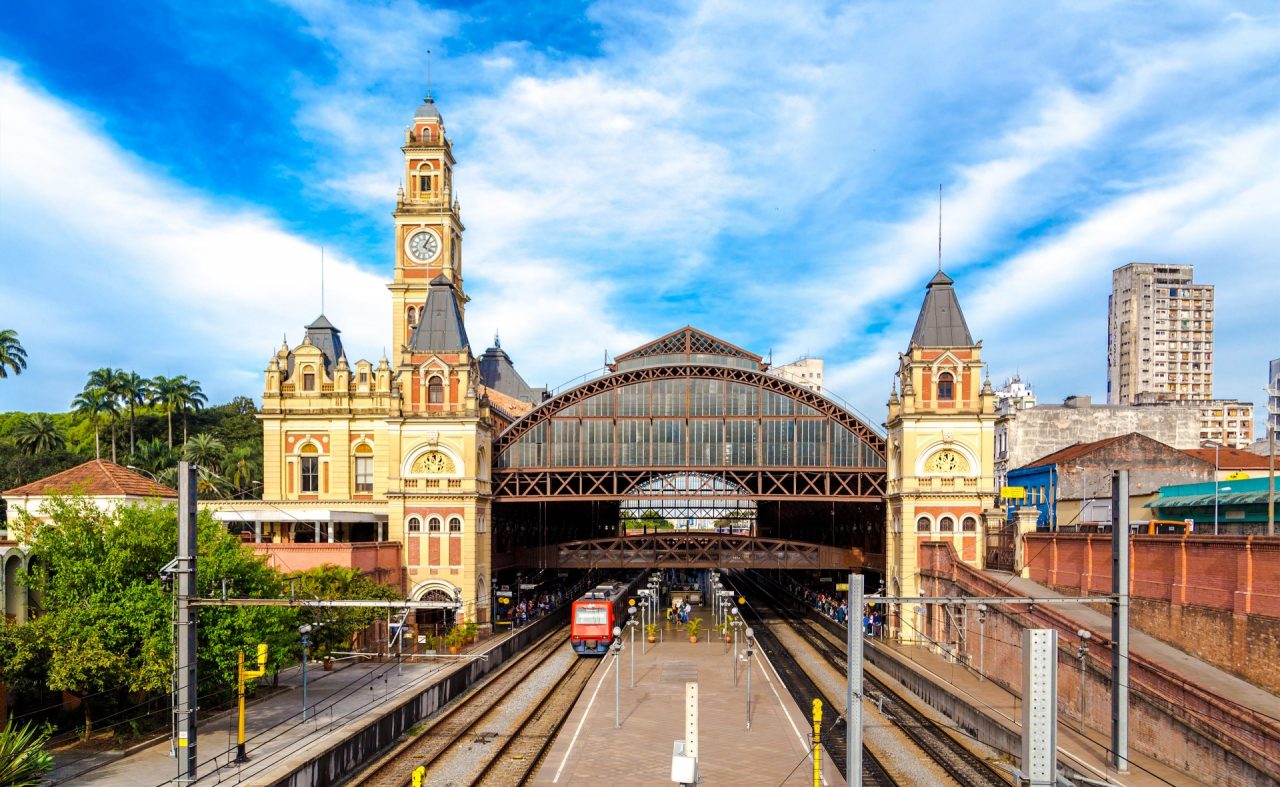Leveraging infrastructure projects to bring back international capital, relaunch investments, and spur economic recovery. Brazil has been one of the countries most affected by Covid-19, and now faces an uphill climb with a challenging new national plan based entirely on infrastructure investments.
Health, fiscal, environmental and political crises have not prevented Brazil from attracting private capital to expand infrastructure, according to Infrastructure Minister Tarcisio de Freitas.
The concessions to private companies for the management of airports, highways, railways and ports auctioned in the past two years have already attracted investments worth $14 billion (€12 billion), he said at a recent press conference. On the strength of this international interest, Brazil now plans to extend the concession regime to large construction groups in order to attract $200 billion (€172 billion) over the next five years.
“It is the largest infrastructure concession programme in our history,” said de Freitas at a press conference in June presenting the plan.
The government’s plan is to attract private investors and use their resources to help close the county’s infrastructure gap. According to the Ministry of Infrastructure’s calculations, the annual endowment for investment is only $1.2 billion (€1 billion) — too little to oversee ports, airports, roads, and railways.
Brazil invested an average of 2.2% of GDP in infrastructure between 2001 and 2014, but to close its infrastructure gap it should be investing 4/5% in the sector, according to José Tadros, Chairman of the National Confederation of Commerce.
The resources from concessions, together with the government’s new plans, may help the country to renew its infrastructure system.
A new springtime for Brazil’s railways
Rail transport is certainly a strategic asset in the daily lives of Brazil’s people, but also for the country’s future economic development. According to National Railway Transport Agency Executive Director Fernando Paes, the country is experiencing a “virtuous moment” for its railway network thanks to a series of ongoing and planned investments.
In fact, the National Logistics Plan of the Ministry of Infrastructure calls for 35% of goods to be transported by rail in 2035. This result will be achieved first of all by the completion of the Ferrogrão, the most important project underway in the country, a 933-kilometre-long (580-mile) line that will be used mainly to transport soy and corn from the Mato Grosso region to foreign markets. Today, goods are transported by trucks along the BR-163 highway, which will only be fully paved in February 2020.
The completion of the railway will make it possible to increase from the current 70 million tonnes of soybeans and corn transported in a year to 120 million tonnes, a real revolution for trade and exports of raw materials, which currently travel from the Amazon rainforest to an inland river port and then a further 1,100 kilometres (683 miles) to reach the Atlantic.

Brazil: renewable energy to drive the country
The economic and productive revival of Brazil also depends on the supply of clean energy. Partly due to political choices, and partly due to the geographical characteristics of this vast country, hydroelectricity will remain one of the key sectors for energy supply in the coming years. According to GlobalData’s latest report “Brazil Power Market Outlook 2030,” hydropower will continue to dominate the sector until at least 2030, when energy produced this way will account for 58% of Brazil’s total annual generation.
In terms of growth, between now and 2030, hydro energy generation will increase from 374.1 to 414.4 TWh. Brazil’s mighty rivers, as well as the very high rainfall during some seasons of the year, favor the construction and development of dams and new hydroelectric plants.
Hydropower’s effectiveness is of course placed at risk by droughts, and Brazil is no different from other countries in this regard. Brazil suffered from major droughts between 2014 and 2017, and the same is happening in 2021. For this reason, too, the government has been pushing hard to develop renewable energy, to limit the negative impact on the environment. The National Energy Plan aims to support investment in the sector in the coming years, to help recovery from a crisis that has had a significant impact also from the energy point of view. In 2020, general energy consumption has decreased by 1.4% from 2019. That’s why the Brazilian Electricity Regulatory Authority has approved the transfer of $400 million (€345 million) in liquidity to electricity-sector companies in the sector affected by Covid-19.
Now the country is aiming to make up for lost ground, focusing on sustainable energy and the relaunch of infrastructure, with the help of private investors and the objective of modernising the entire production system.

